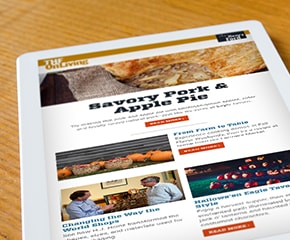Shelf Clock, Made by Chauncey Jerome, 1841-1842
Add to SetSummary
In 1837, Connecticut clockmaker Chauncey Jerome came up with a significant new innovation. He used dies to stamp out clock movement parts from sheet brass. This saved so much time and effort that it reduced clock prices from ten dollars to $1.50. The "ogee" or "OG" name refers to the S-shaped molding around the outer edge of the case.
In 1837, Connecticut clockmaker Chauncey Jerome came up with a significant new innovation. He used dies to stamp out clock movement parts from sheet brass. This saved so much time and effort that it reduced clock prices from ten dollars to $1.50. The "ogee" or "OG" name refers to the S-shaped molding around the outer edge of the case.
Artifact
Shelf clock
Date Made
1841-1842

On Exhibit
at Henry Ford Museum in Clockwork
Object ID
95.50.2
Credit
From the Collections of The Henry Ford. Gift of James T. and Ruth West
Material
Mahogany (Wood)
Brass (Alloy)
Dimensions
Height: 25.75 in
Width: 15.5 in
Length: 4.375 in
Inscriptions
Dial: MADE BY C. JEROME BRISTOL CT. U.S.A. Movement: MADE BY C. JEROME / BRISTON CONN / USA Label: PATENT / BRASS / CLOCKS, / MADE AND SOLD BY / CHAUNCEY JEROME, / BRISTOL, CONN. Label Printer: JOHN BLACK, PRINTER, / 75 FULTON STREET, NEW YORK





